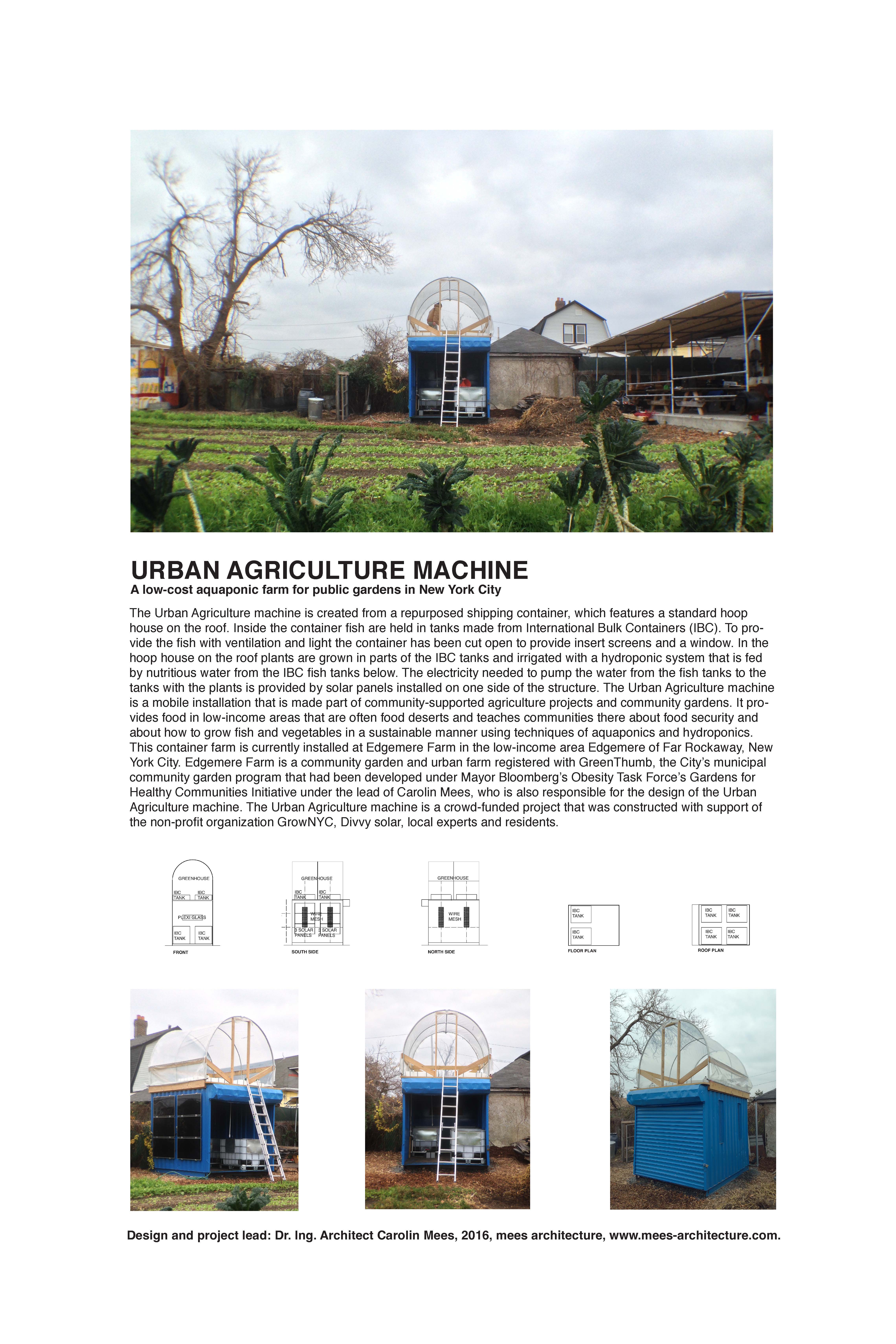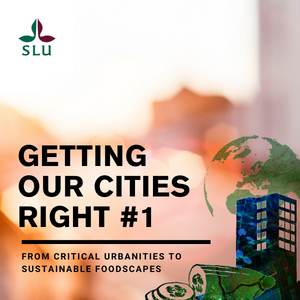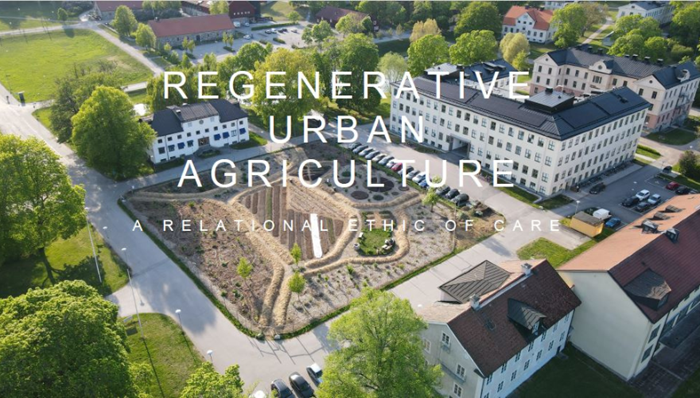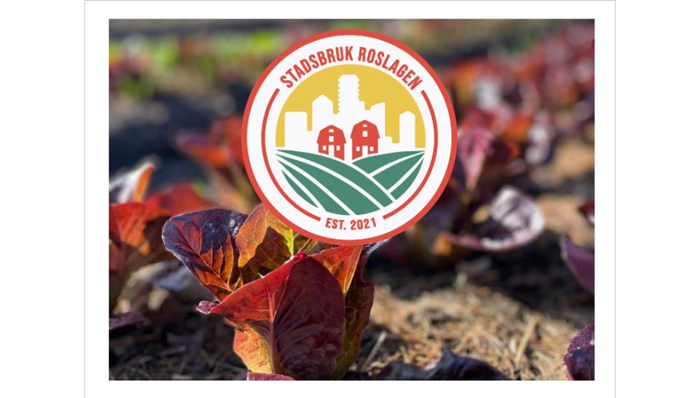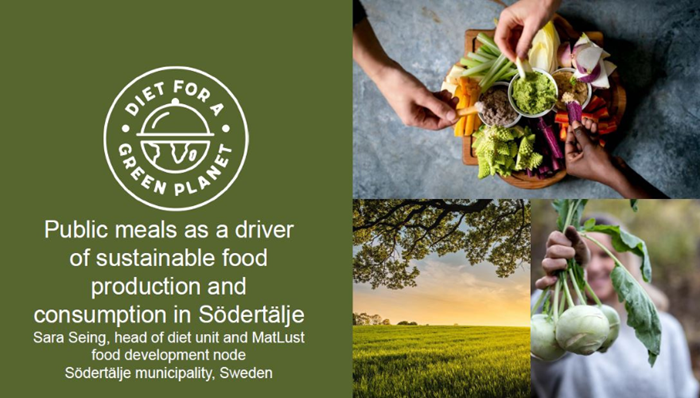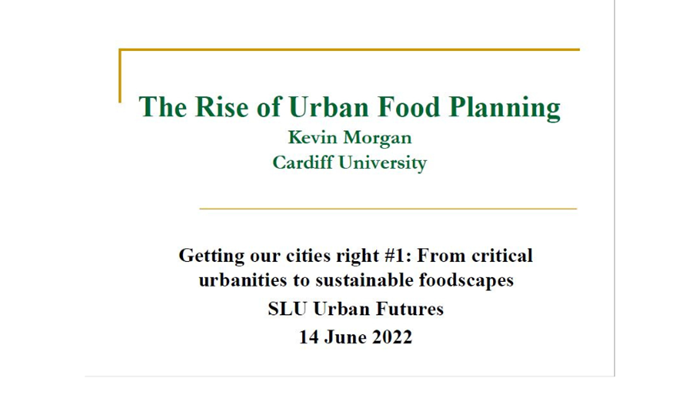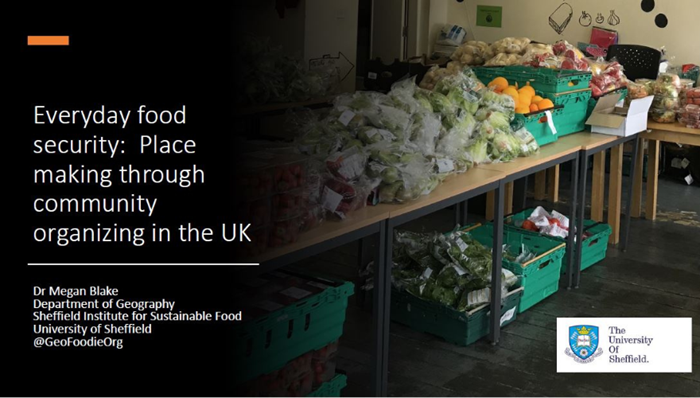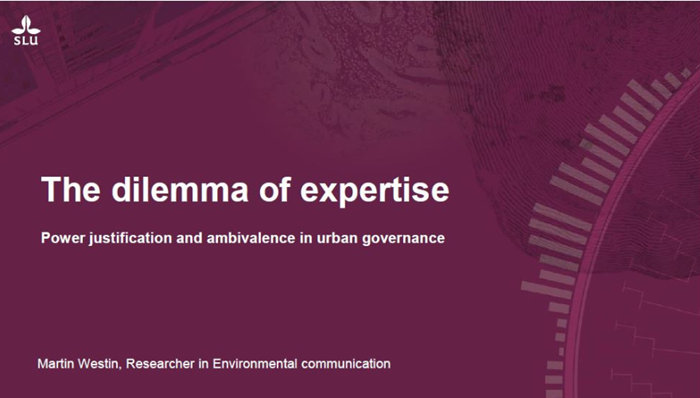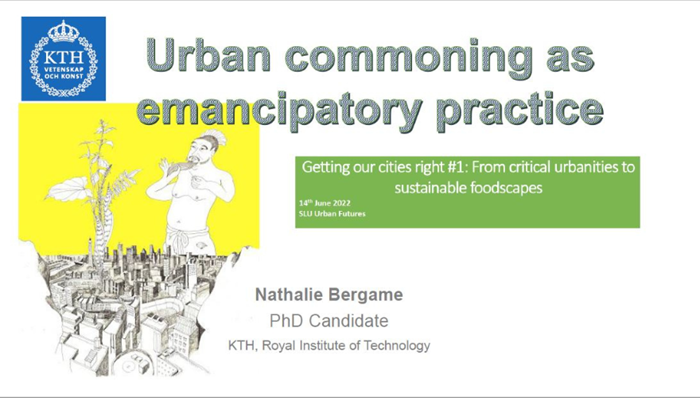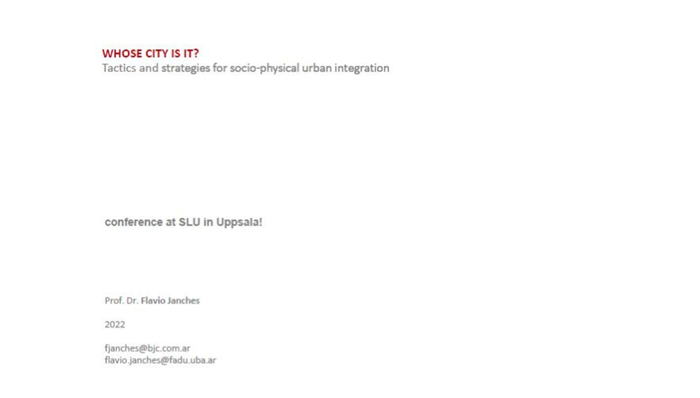Carolin Mees illustrated the development of the community food movement in New York from the perspective of landscape architecture and urban design, pointing to conflicts that led to changes in shared land use. In New York, there is a great variety of urban agriculture in low-income areas, which emerged during the economic crisis of the 1970s as public land became available due to housing abandonment. In her presentation, Carolin highlighted how this available public land was taken on by communities to produce food, create social bonds and community, and make these areas livable for largely low-income and ethnic minority communities.
The predominantly grassroots and informal community garden activities evolved into formalized neighbourhood groups as communities took on the local government and private actors that sought to erase these green spaces in favour of urban development. The case demonstrates the importance of urban green space for urban citizens, especially for ensuring the right to the city for low-income residents. However, it is a double-edged sword, because as neighbourhoods become more attractive because of green space and low crime, they also become gentrified, pushing out low-income and ethnic minority groups.
Through protest and community engagement, however, urban garden groups gained the support of the local government under the GreenThumb initiative in 1978, formalizing their right to urban green space in the city. It is a stark example of how community engagement led to changes in the way new urban development was done; instead of removing gardens to build houses, planners built houses around the gardens.
Through her urban design work, Carolin demonstrated how design can be used as a tool to support urban gardening communities. Her architectural firm, Mees Architecture, developed a design for a Criollo (a garden shed), which satisfied the regulatory guidelines of local government but also was culturally appropriate and owned by local communities.
The Urban Agriculture Machine, a low-cost aquaponics farm for public gardens, is a further example of how design can be used to meet social, economic and environmental needs. Forming part of community-supported agriculture projects, the installation is often situated in food deserts and teaches communities about food security and how to grow fish and vegetables in a sustainable way. Carolin’s participatory approach to design for public spaces demonstrates how design can support community engagement with food production and help create sustainable foodscapes that connect people, place and food.
Urban Agriculture Machine - A low-cost aquaponic farm for public gardens in New York City